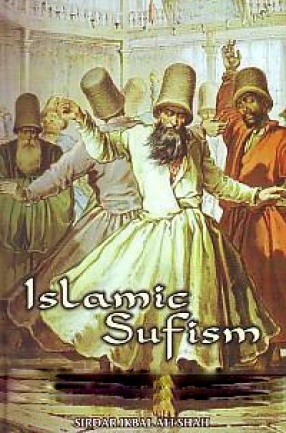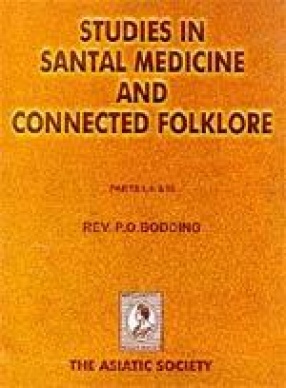The history and geography of Afghanistan have greatly affected the life of the entire country. Though there are divergent opinions about the origin of the Afghans, this book seeks to trace the basis of legendary accounts and traditions besides throwing light on the Greek kings who guided the destiny of Afghanistan in ancient times. Developments in the latter part saw the country divided into several principalities which were ruled by Hindus, Arabs, Saffavids, Samanids, Ghaznivids, Mongols and Mughals until 1738 A.D. when Afghanistan was conquered by Nadir Shah. After the death of Nadir Shah inn 1747 A.D., Afghanistan became for the first time a national monarchy under Ahmed Shah Durrani who united various principalities. By the end of eighteenth century, the hope of Afghan rulers to further increase their domain was foiled. It was more so because Afghanistan became the focal point of Anglo-Russian rivaly. During this period, the political developments in Afghanistan got inextricably linked up with the Anglo-Russian rivalry which was a direct result of the expansion of both the British and Russian empires from two opposite directions. The most important event in the Afghan history during nineteenth century was the recognition of Amir Abdur Rahman as the ruler of Afghanistan by the British, but he was not permitted to have direct dealings with any foreign powers. All such arrangements were to be carried through the British agency until 1919 when after the Anglo-Afghan war, Afghanistan gained unqualified and complete independence. Now Amanullah Khan ascended the throne. He was thought to be the most modern ruler to have ever sat on the Afghan throne. A new awakening for reformation of the country began to take place. Amanullah Khan adopted policies in such a way that foreign influence could be seen in line with the peculiar requirements and mentality of the Afghan people".
Islamic Sufism
$43.20
$48.00






There are no reviews yet.